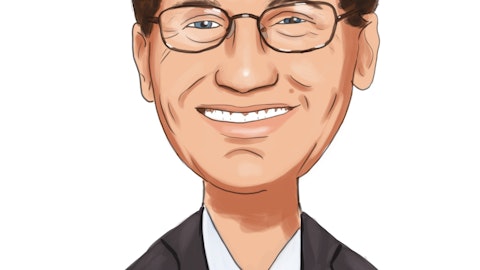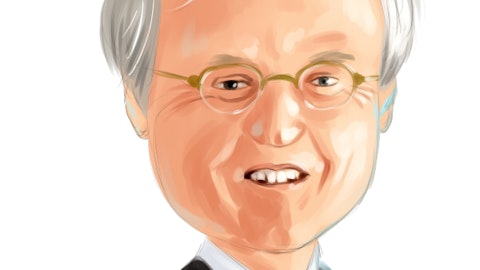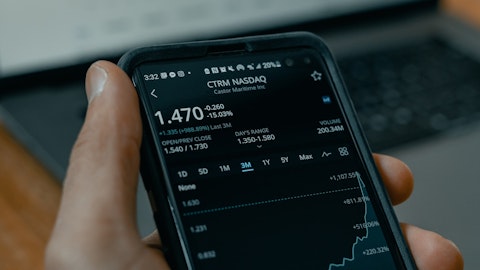David Motemaden: Hi, Rob. Good evening. My first question is, I’m just wondering, if there were any changes at all to how you’re thinking about loss trend here in the quarter, both on short tail and long tail lines. I know last quarter, you said at around a similar rate, excluding comp that you’re meaningfully above loss trend or I think it was 100 basis points above loss trend. And I thought the commentary this quarter was — I think you said it comfortably helping you keep up with loss trend and perhaps exceeding trend. I guess, I’m wondering, was there a change in your trend.
Robert Berkley: I think that I probably need to choose my words more carefully. I think from our perspective, by and large, in the aggregate, we are exceeding loss trend at this stage. So if I left you with a different impression, that would have been my mistake.
David Motemaden: Got it. So no change to some of your view of short tail or long tail.
Robert Berkley: Nothing material has occurred over the past 90 days that has changed our view.
David Motemaden: Got it. Thanks. And then maybe a quick follow-up for Rich. Just could you — I know for the total company, it was immaterial, but on the prior year reserve development, could you provide that by segment?
Richard Baio: We typically provide that information in the 10-K as opposed to on the call.
David Motemaden: Okay. Great. And then maybe if I just follow one more on — add one more on. If I think about your commentary, Rob, was pretty interesting on the property side. And I guess I’m wondering, did your view of your own reinsurance costs and retention change your view of the level of primary pricing on the property side during the quarter. Is that — I guess maybe talk about how that evolved over the course of the quarter.
Robert Berkley: Honestly, I think if anyone was paying attention, you didn’t need to be brilliant to figure out that property rates were going to be going up for reinsurance and going up considerably. So I don’t think anyone knew exactly down to the dollar or the percent what it was going to be, but you knew it was heading north. And it was just surprising to me that we didn’t see more firming during the fourth quarter, given everybody knew where the cost of capacity was. And I guess I could have followed that if people — if these covers worked in a risks attaching manner. But since they operate in the losses occurring manner, you know that the capacity that you’re borrowing from reinsurers, that cost is going up and it’s going to be covering the business that you’re writing in the fourth quarter.
David Motemaden: No, that makes sense.
Robert Berkley: So to me, the reason — honestly, we thought there was going to be more firming in the fourth quarter. I think it’s coming and certainly in the first half of this year. But it’s almost like people need to wait for them to be hit over the head with the reinsurance costs really hitting their P&L as opposed to really taking a step back and thinking about how you match up the exposure with the expense.
David Motemaden: Got it. Okay. That’s helpful. Thank you.
Robert Berkley: Thanks for the question.
Operator: And next, we’ll go to Mark Hughes at Truist.
Robert Berkley: Hi, Mark. Good evening.
Mark Hughes: Hey, Bill. How are you? I mean Rob and Bill, I hope you’re doing well also.
Robert Berkley: Great. Thank you.
Mark Hughes: On medical inflation, you had mentioned workers’ comp, you need to keep an eye on it. I think you said that there was potential for susceptible to inflation. Are you seeing anything yet on the medical front.





